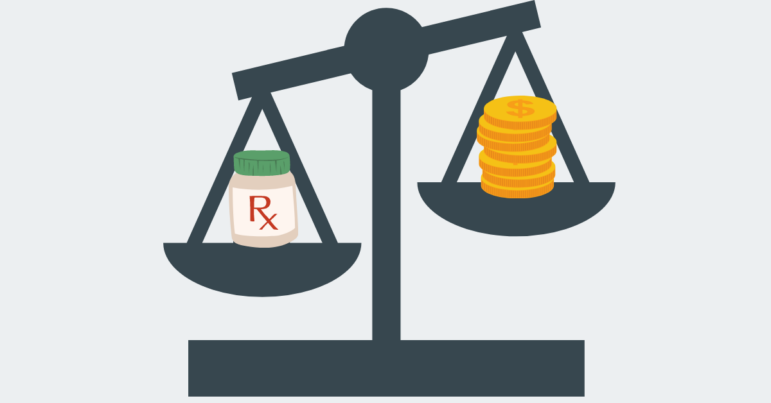When Merck set the price for its immunotherapy cancer drug Keytruda at more than $150,000 per year, doctors and patients were alarmed. How could patients afford even the co-pays on such a high price? Some experts were skeptical that such an expensive drug would even be prescribed enough to make a profit.
“This is unsustainable…. We must acknowledge that there must be some upper limit to how much we can, as a society, afford to pay to treat each patient with cancer,” said Dr. Leonard Saltz from the Memorial Sloan Kettering Cancer Center, at the 2015 meeting of the American Society of Clinical Oncology (ASCO).
But now, six years later, Keytruda has become a sales engine for Merck, making $4.5 billion in sales in the third quarter of 2021. “Keytruda is close to becoming the highest-selling drug in the world and would be a Fortune 200 company on its own,” writes health journalist Bob Herman in Axios.
A large part of Keytruda’s success is that it has been approved to treat more types of cancer each year, expanding who is eligible to receive the drug. While this strategy has worked for Merck, cancer experts have pushed back, saying these additional approvals were based on a insufficient evidence.
Keytruda is just one example of a cancer drug priced at a seemingly ridiculously high level. CAR T-cell therapies that genetically modify patients’ immune cells are priced at $450,000 just for the drug itself; associated labor costs push it to more than $1 million per patient. These high prices make it more likely that patients will skip treatments because they can’t afford the co-pays, which themselves amount to thousands of dollars.
Given the extreme prices of these drugs, and the burden this places on patients and the health system, it’s important to follow these patterns. How have the prices of cancer drugs impacted the pharma industry? Are drug companies depending on these sales?
A recent study in the journal Cancer takes a closer look at the impact of cancer drug prices on pharma revenues. Dr. Daniel Meyers at the University of Calgary and colleagues looked at the total revenue generated by ten large pharmaceutical companies from 2010 to 2019, and compared the revenue from cancer and non-cancer drugs.
They found that sales from cancer drugs are becoming an increasingly important part of pharmaceutical companies’ revenue. While the annual revenue generated by cancer drugs increased by 70% from 2010 to 2019, the revenue from non-cancer drugs decreased by 18%. In 2010, 14% of total revenue from these ten companies was from cancer drugs; in 2019, cancer drugs made up one quarter of revenue.
High prices are a big reason why cancer drug revenue is skyrocketing. Another factor is that cancer drugs have also become easier to get approved. Many cancer drugs are now approved through the FDA’s “Accelerated Approval” pathway, which allows approval based on a surrogate endpoint – a result that correlates with clinical benefit – rather than a clinically meaningful endpoint like overall survival or quality of life. Unfortunately research has shown that few surrogate endpoints are actually linked to meaningful outcomes; often cancer drug approvals are based on endpoints never used before for that type of cancer. While drugmakers are supposed to conduct postmarketing studies to validate the effectiveness of drugs approved based on surrogate markers, the FDA rarely holds drugmakers accountable for doing this.
If we were getting vastly improved clinical outcomes for these expensive drugs, they might be worth the price. But in the US, the cost of cancer drugs is not correlated with clinical benefit, according to a study in The Lancet Oncology. And once the price of a drug goes above $100,000, it doesn’t matter how good the drug is — when people can’t afford it, they won’t take it.
Meyers and colleagues research shows that pharma companies are following the incentives created by our system. Getting cancer drugs approved through accelerated approval + charging whatever the market will bear + and adding new indications using using surrogate endpoints = immense profit. Outcomes and cost-effectiveness analysis must be added to this equation; if not, we are getting very little for our money.
